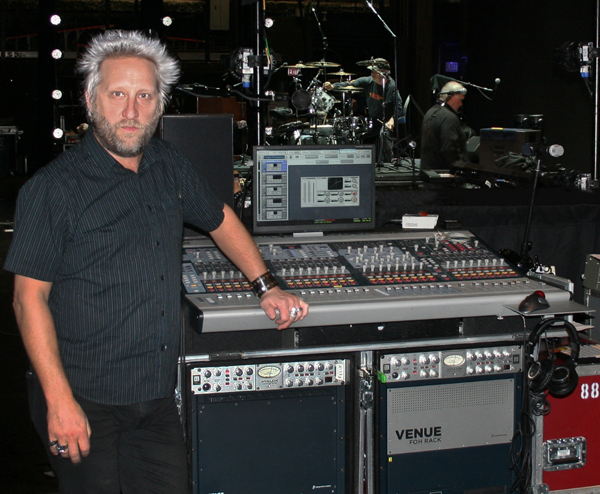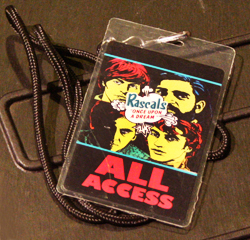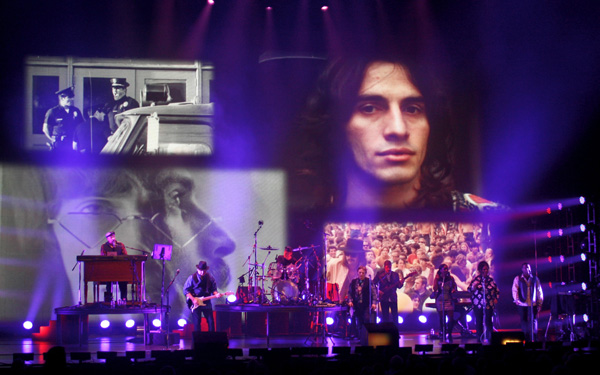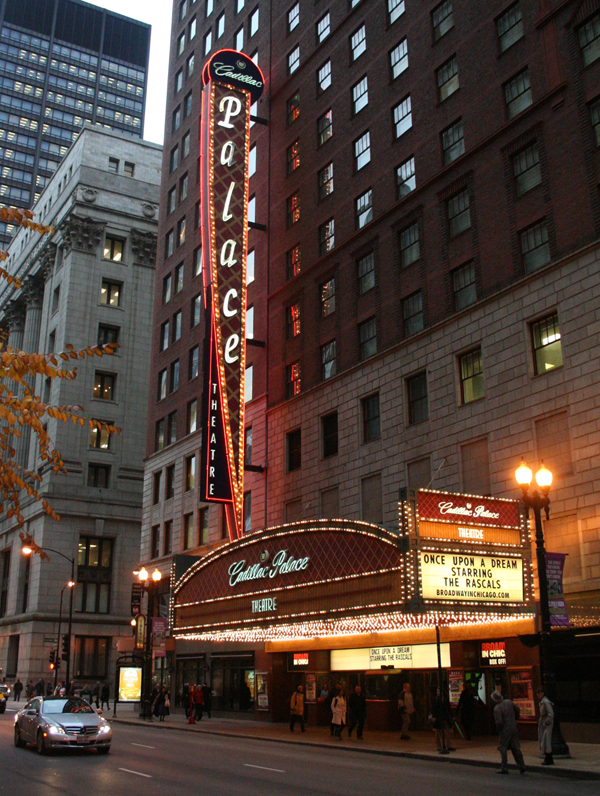Imagine a wildly successful blue-eyed soul group of the 1960s, pushing back against the British Invasion with many chart-topping hits including “Good Lovin’” and “Groovin.”
They became household names thanks to Top 40 radio, The Ed Sullivan Show, and the power of television. They performed to sold-out audiences across North America and Europe, and would eventually be inducted into the Songwriters Hall and the Rock and Roll Hall of Fame. Yet they were unable to escape the disillusionment that came with all this success; the principals simply disbanded by 1970 and did not play together as the original foursome for another 40-plus years.
This is the story of the Rascals, aka the Young Rascals, who placed their careers on hold in the midst of a technological revolution, our revolution, only to return after the performance audio industry was born, developed, and matured. Now imagine the original members, who began their careers using primitive PA systems, reuniting after four decades of technological innovation had occurred, including developments by professional audio equipment manufacturers, solutions by touring sound companies, and the combined expertise of 40 years of house and monitor engineers. The contrast would be profound.
It may surprise some that high-impedance microphones plugged directly into guitar amps were the sound reinforcement systems of the day. Mark Prentice is musical director and bass player for the recent “Once Upon A Dream” tour, and has played with Rascals organist Felix Cavaliere for many years. He personally witnessed a Rascals show as a teenager, and recalled a system typical of the period.
“I’m a fan as well as a guy in the band,” he told me when I met up with the tour in Toronto. “When I saw them in 1967 at Watertown (NY) High School, and the only reason I know this is because a friend of mine recently showed me a photo from that show, I think they were singing through a couple of Fender Bandmaster cabinets. Maybe a 4-channel Shure mic mixer running into a dual Showman head. No individual EQ on mics or anything, only on the guitar amp head. Possibly high impedance Shure microphones. There was certainly nothing resembling a monitor, and absolutely no one was running sound from offstage. I don’t think anyone conceived of that until Woodstock.”
Unlike many Broadway pop music revivals, these musicians are playing as a foursome with all of the original members—Eddie Brigati, Dino Danelli, Gene Cornish and the aforementioned Cavaliere. Assisted only by two sidemen and three backing vocalists, “Once Upon A Dream” is combination musical retrospective and 60s counterculture multimedia extravaganza.
Miles And Miles
Directed by Bruce Springsteen guitarist Steven Van Zandt, with concert design by veteran Marc Brickman, the show leverages technology in a manner that simply could not have been imagined when the band cut their teeth playing tiny clubs in New Jersey. Almost every piece of equipment we take for granted would look foreign to these four when they released their first record in 1965.
No parametric EQs, no solid-state power amplifiers, no condenser mics built to survive the road, no networked system control, no in-ear monitors, no hanging loudspeakers, no digital…well, anything. Shure hadn’t even released the Vocal Master system when these guys started out.
“There was nothing in those days, oh no,” notes Danelli, the band’s drummer. “It’s come miles and miles, that’s for sure. I never sit down and think about it too much, because you just get caught up in the trip of it all.”
Fortunately, the tour is made possible by generations of sound system improvements, improvements we use and take for granted every day, guided by a fine 4-person audio staff charged with reinforcing a musical tour-de-force consisting of 30 songs and Brickman’s first-class video retrospective.

Mark Hutchins serves as monitor engineer, and the technology he uses provides an ideal contrast between the stage of today and the performing environment of 1965. He keeps the band comfortably ensconced in an all in-ear environment essential to creating the right performing conditions, managing stage levels and facilitating timing with video content.
Mixes are done on an Avid VENUE digital console with every source miked. The deck is wedge-less save one tiny back-up monitor on the drum riser. Guitars and Leslies are isolated offstage in sound absorptive enclosures. Bass and keyboards are taken direct on DIs. A significant departure from their 60s upbringing, the Rascals stage is almost silent except for drums and percussion.

















